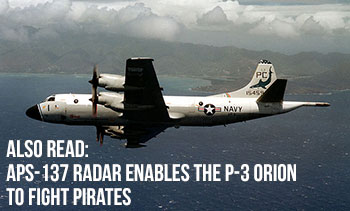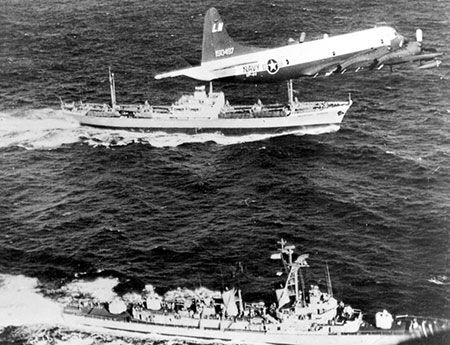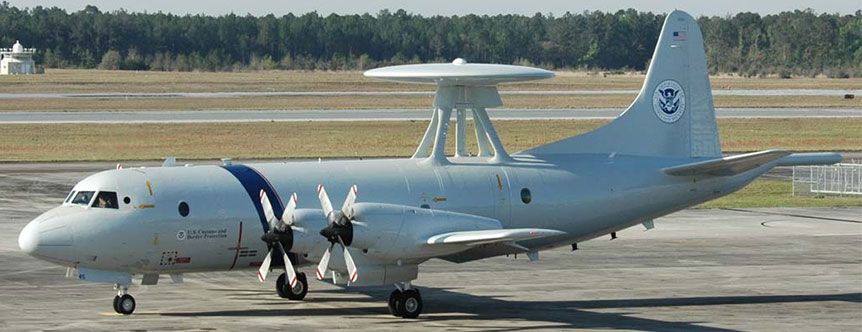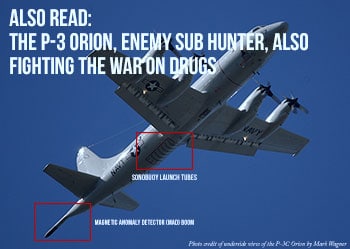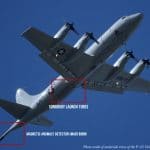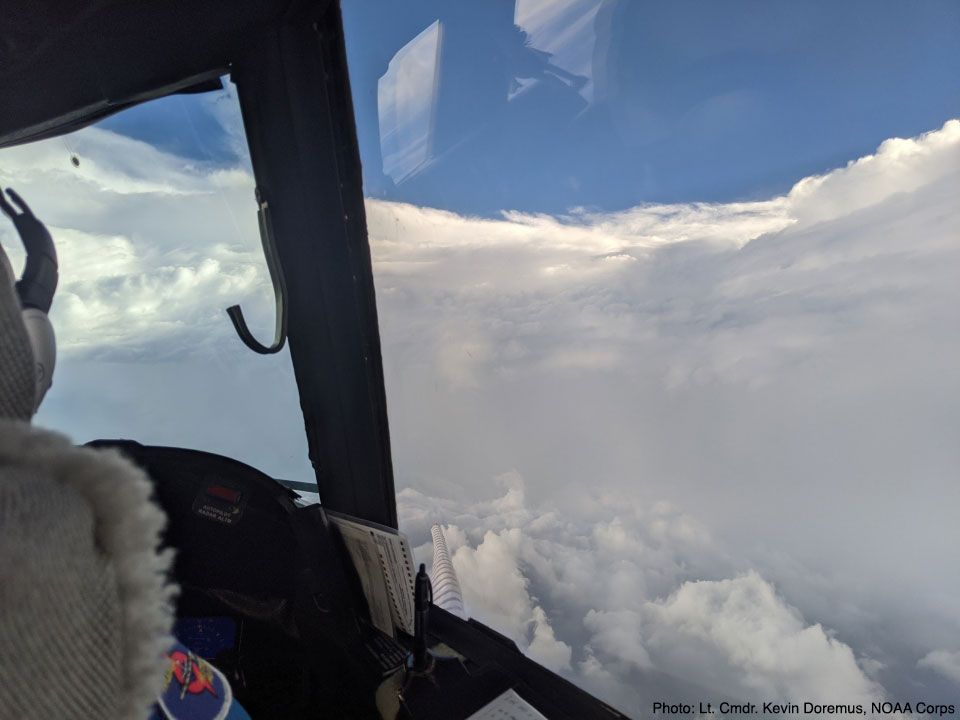Designed to be the Navy’s primary long-range maritime patrol aircraft, the P-3 Orion has evolved from surveillance over the sea to a wide range of additional mission profiles since its first flight. The Orion provides air, surface and subsurface patrolling and reconnaissance capabilities over long periods of time, far from land-based support facilities. The P-3 is a four-engine turboprop aircraft. It requires a crew of eleven, which includes three pilots. The maximum airspeed is 411 knots but the cruising speed is 328 knots. The mission radius is 2,380 nautical miles, which enables it to remain on-station at 1,500 feet for three hours. Since the beginning of the Orion’s service life in 1962, it’s primary mission profile has been submarine hunting and maritime patrol for the U.S. Navy.
Three interesting notes about the P-3 Orion.
- First operational flight – The first operational flight of the P-3 Orion took place during the Cuban Missile Crisis in October 1962. Flying at low altitudes and at slow speeds, the Orion was a critical tool to enforce the blockade of Cuba. In the days following the Cuban Missile Crisis, a P-3 Orion crew successfully identified covered objects on the deck of the Russian Freighter Anasov as crated missiles heading back to the Soviet Union.
- Engine Shut down to conserve fuel – To conserve fuel during its long-range patrols over land and sea, the P-3 can operate with one of its four engines shut down. This allows for extended missions lasting over ten hours. The number one engine, or furthest from the fuselage on the port side, is the engine that is shut down. This action also reduces engine smoke, allowing for better surveillance viewing from the port aft window.
- Fighting pirates – P-3 aircraft patrol the shipping lanes off the Somali coast on the lookout for pirate ships. The Orion crews use visual clues to identify whether a boat is an innocent fisherman or has material on its deck that identify it as a pirate boat. These items could be extra fuel cans, boarding ladders, and smaller chase boats. When the Orion crew identifies a threat, they can broadcast warnings to cargo ships in the operating area, allowing time for course changes and or other maneuvers to avoid the pirates.
Over its lifespan of fifty years, the P-3 Orion has been acquired by various civilian operators. One of those organizations is NASA, which uses the P-3B as an airborne science laboratory. Customs and Border Protection operates P-3 AEWs for border patrol and anti-drug duties. The National Oceanic and Atmospheric Administration has two modified Orions used for weather research and hurricane hunting. P-3As have also been converted into aerial firefighting platforms. Outside the US, 19 countries operate various versions of the P-3 for a wide range of applications.
Since 1962, over 700 P-3s have been manufactured and commissioned worldwide. Over time, the remainder of the U.S. Navy’s fleet will be replaced by the P-8 Poseidon. However, until the last P-3 is decommissioned, it will remain a critical tool in the US Navy’s mission as well as the numerous other operators it serves.


